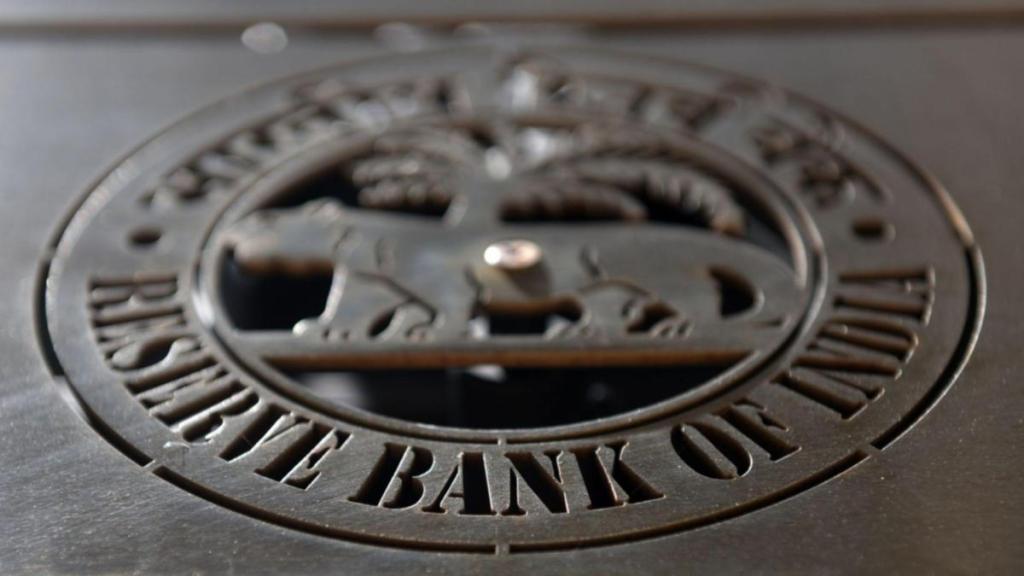By Anil K Sood
Central banks around the world are planning to increase their gold reserves, says a World Gold Council study. Anil K Sood explains the role that gold holdings play in maintaining a country’s financial stability and how financial market risks and geo-political concerns are making them buy more gold
l The need to maintain foreign currency reserves
A CENTRAL BANK, like the Reserve Bank of India (RBI), has the responsibility to ensure financial stability for a nation. One of the most important aspects of this role is to maintain exchange rate stability. The central banks, therefore, build foreign currency reserves, which involves buying foreign currency and investing it in various international securities or just maintaining foreign currency accounts. These reserves allow them to provide liquidity in domestic forex markets, as and when required.
For example, the RBI buys US dollars (USD) in exchange for Indian rupee and invests these in US dollar denominated securities. The RBI will sell these securities, if there is a shortage of USD in the Indian forex market, which ensures that the required amount of dollars is available to all the users at a fair price. A shortage of dollars can result in extreme depreciation of the rupee, which can cause disruption in business as well as household economic activity. Similarly, a surplus may cause significant appreciation in INR (rupee) value. Neither is good for a nation.
l Inherent risks in forex market operations
THE PROCESS OF buying a foreign currency, investing in a foreign currency denominated asset and selling it as and when required carries liquidity risk, interest rate risk as well as credit risk. Most central banks, therefore, invest in securities of advanced economies with stable currency and steady economic performance, e.g., the US and Japan, besides euro-denominated sovereign securities. The RBI, like other central banks, also invests in deposits with other central banks, deposits with the Bank for International Settlements (BIS), deposits with commercial banks overseas, Special Drawing Rights, and, in gold. Gold constituted about 8% of India’s reserves at the end of March, 2023.
l Hedging the risks by buying gold
WHILE GOLD HAS no official role in the monetary system anymore, it is still considered to be the most liquid asset. The initial investment in gold by the central banks was the result of the monetary system requirements. In today’s context, the central banks buy gold to lower their risk by diversifying away from foreign currency sovereign assets. An investment in gold is expected to hold its value through deep economic cycles and, unlike currencies and bonds, gold is not a government asset. Central banks see gold as a low-risk, real asset. Consequently, it is seen to provide financial stability to nations that have higher current account deficits or experience greater economic volatility.
A World Gold Council survey suggests gold to be:
1. Long-term store of value and inflation hedge, particularly among emerging and developing economies
2. Strong performer during times
of crises
3. Effective portfolio diversifier
4. Having low default risk, and
5. Benefitting from its historical position, particularly among the advanced economies.
l Recent trends in bullion purchases
CENTRAL BANKS WERE net sellers of gold for decades, particularly at the beginning of this century. They sold about 4,400 tonnes of gold between 2000 and 2009. They turned net buyers in 2010 and have bought about 5,600 tonnes since then.
The global banks bought a record amount of gold during 2022 (the most since 1950) and 2023 and are now holding about 15% of their reserves in gold. They bought 1,082 tonnes of gold in 2022 and another 1,037 tonnes in 2023.
l What explains the rush?
THE LATEST UPSURGE is largely driven by geo-political considerations – the Ukraine war and the consequent Russian sanctions. The Financial Times recently reported that “a growing number of countries are bringing their physical gold reserves back home to avoid Russian-style sanctions on their foreign assets, while increasing their purchases of the precious metal as a hedge against high levels of inflation.”
In short, the central banks consider gold to be an effective hedge against inflation and a good store of value that carries low credit and financial risk during a crisis. Since they have been consistent investors for the last couple of years, gold prices too have grown at a steady pace, that has not been the case always. The compound annual growth, between 2010 and 2023, in USD prices has been just 3.6% and in rupee prices, 8.4%.
The writer is professor and co-founder, Institute of Advanced Studies in Complex Choices, Telangana

